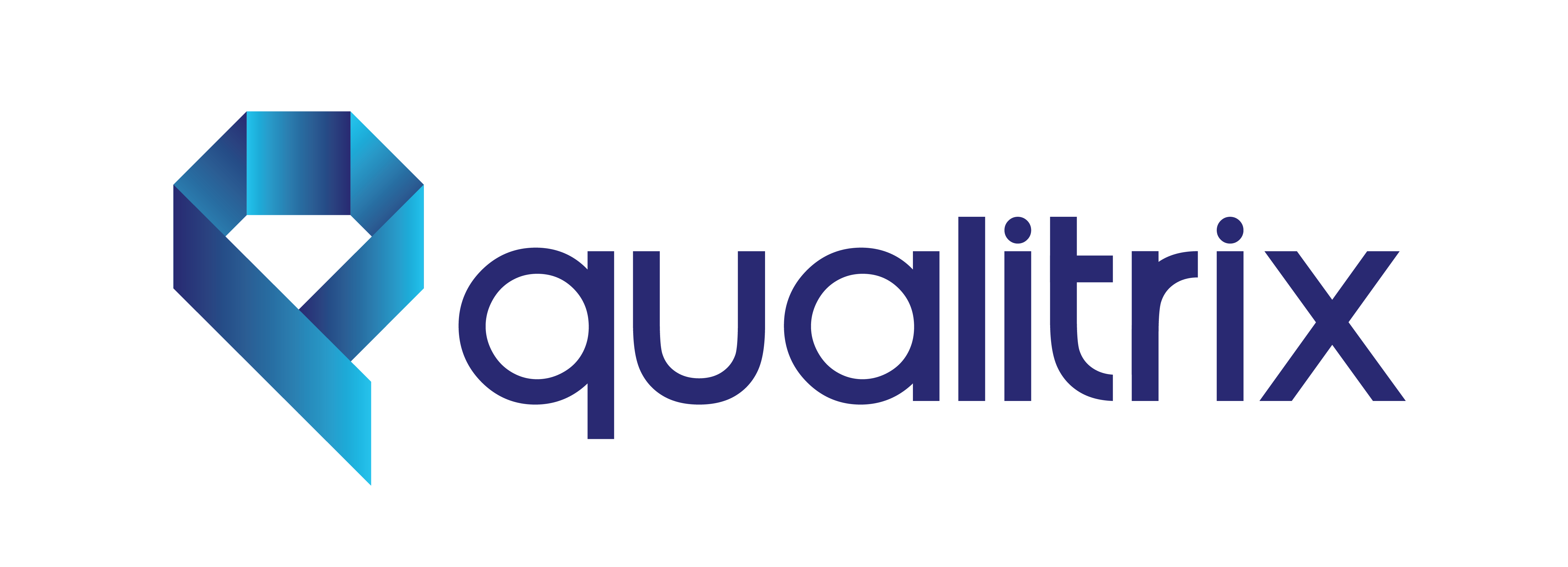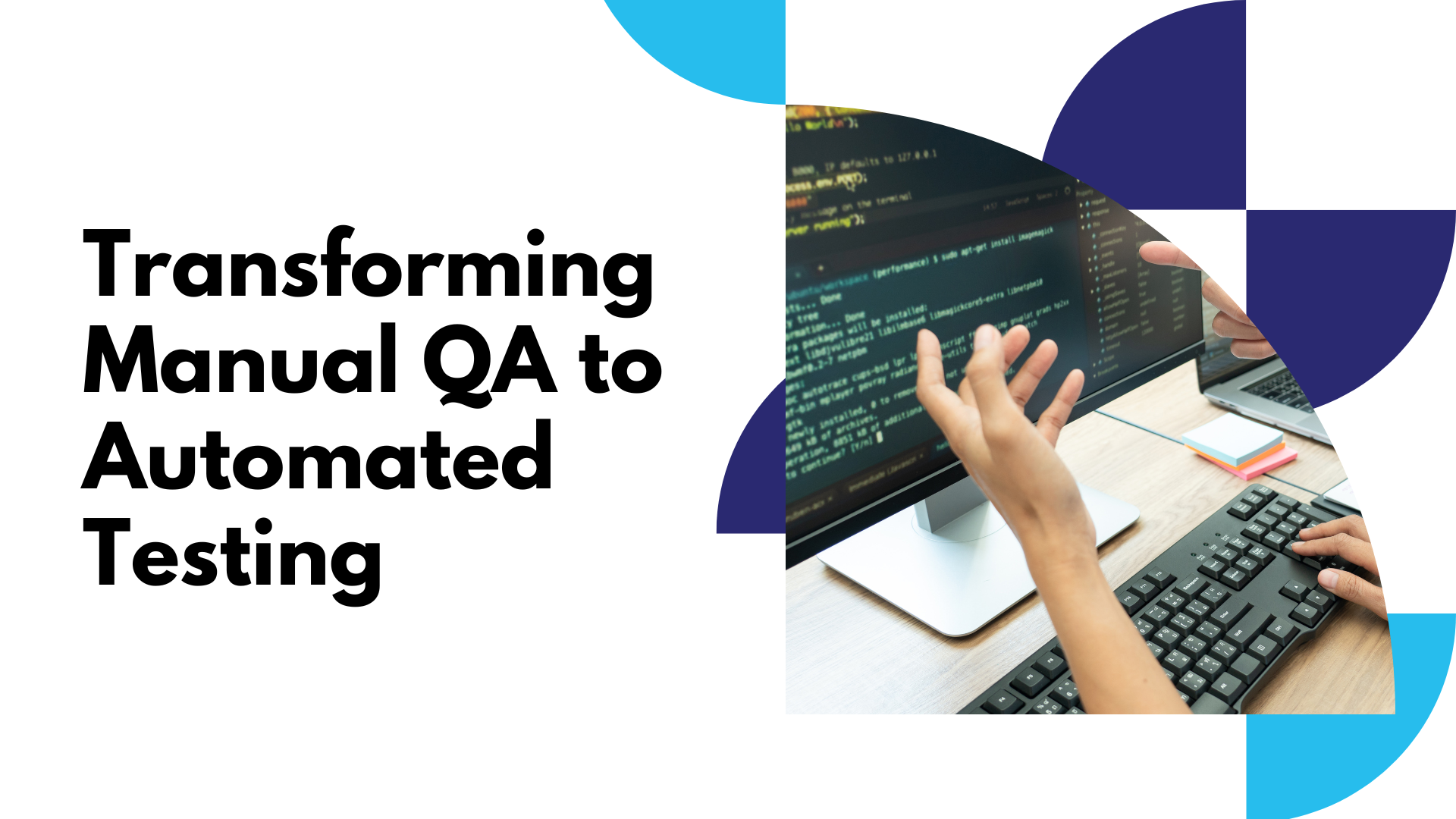Problem Statement
The client was experiencing delayed and buggy releases, leading to customer dissatisfaction. They wanted to transition from manual QA to automation for web, mobile, and API testing, including pixel comparison (visual testing) for their websites.
How We Resolved the Issue
Comprehensive Automation:
- Automated Test Suite: We automated the entire manual test suite, significantly enhancing the efficiency and reliability of their testing process.
- Gesture-Based Automation: Utilizing the nogrunt bot capability with gesture-based recording, we successfully automated 2000 test cases within four weeks.
- Visual Testing: Implemented visual testing of functionality using the Visual APIs of OpenCV. This was conducted across various browsers and resolutions to ensure comprehensive coverage.
- API and UI Testing: Streamlined their release process by integrating API testing followed by UI testing, ensuring robust end-to-end validation.
- Training and Handover: The client’s team was fully trained within three days, and the complete handover was completed within two weeks. This quick transition ensured minimal disruption to their workflow.
- Efficient Script Maintenance: Due to the efficient maintenance of the automated scripts, there was no decline in the rate of new automated test cases, ensuring continuous improvement and scalability.
What We Achieved
- High Coverage: Achieved 95% test coverage, ensuring that nearly all aspects of the application were validated.
- Reduced Regression Time: Significant reduction in regression cycle time from two calendar weeks to just one day.
- Regular Regression Testing: Instituted a process of running the complete regression suite weekly, maintaining consistent quality checks.
- Increased Productivity: Enhanced the productivity of the QA team, enabling in-sprint automation and faster delivery cycles.
- Validated Automation Strategy: The client now has a fully automated QA process, validated and supported by a viable exit strategy using Java/Selenium code generation.
Conclusion
By transitioning from manual QA to a fully automated testing process, we significantly improved the client’s release quality and speed. The streamlined testing process, combined with high coverage and efficient script maintenance, ensured that the client could meet customer expectations with reliable and timely software releases. The client’s team is now equipped to maintain and scale their automated testing efforts, ensuring sustained improvements in quality and productivity.

